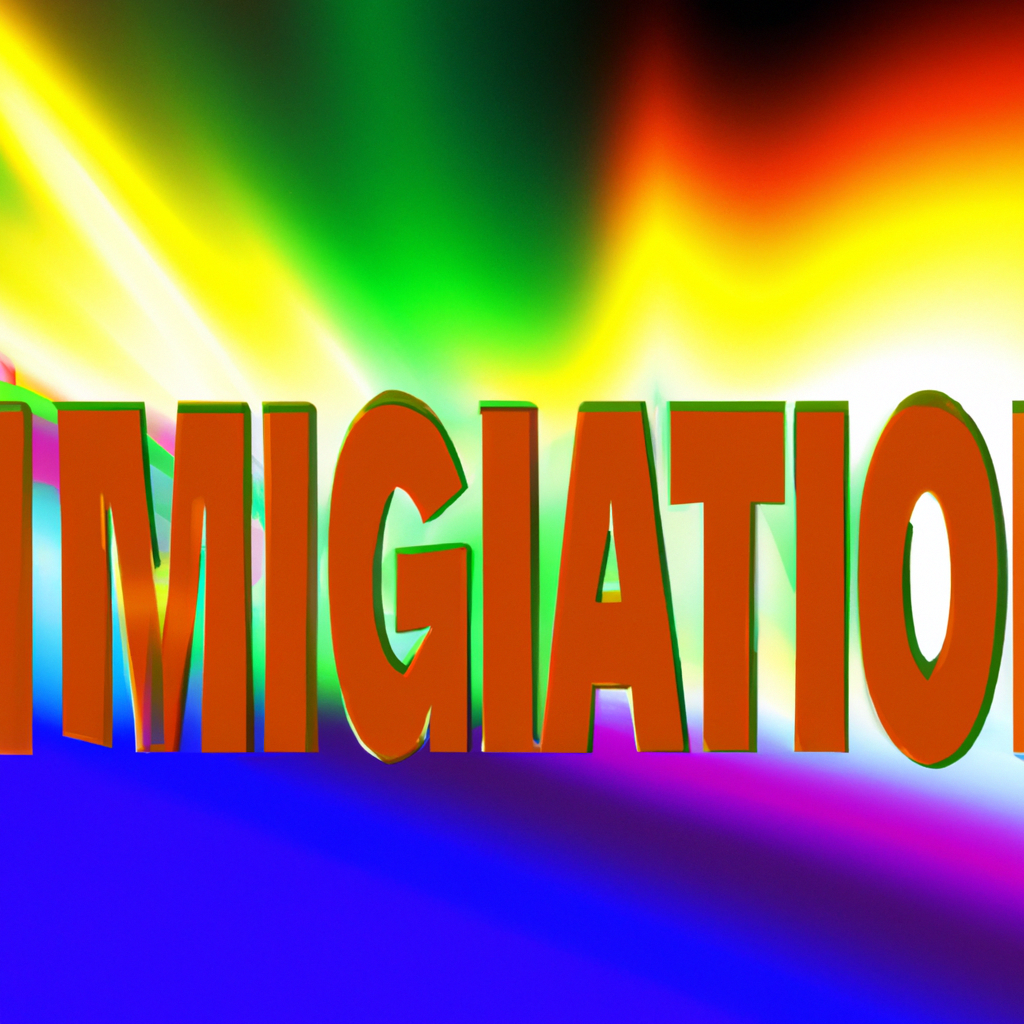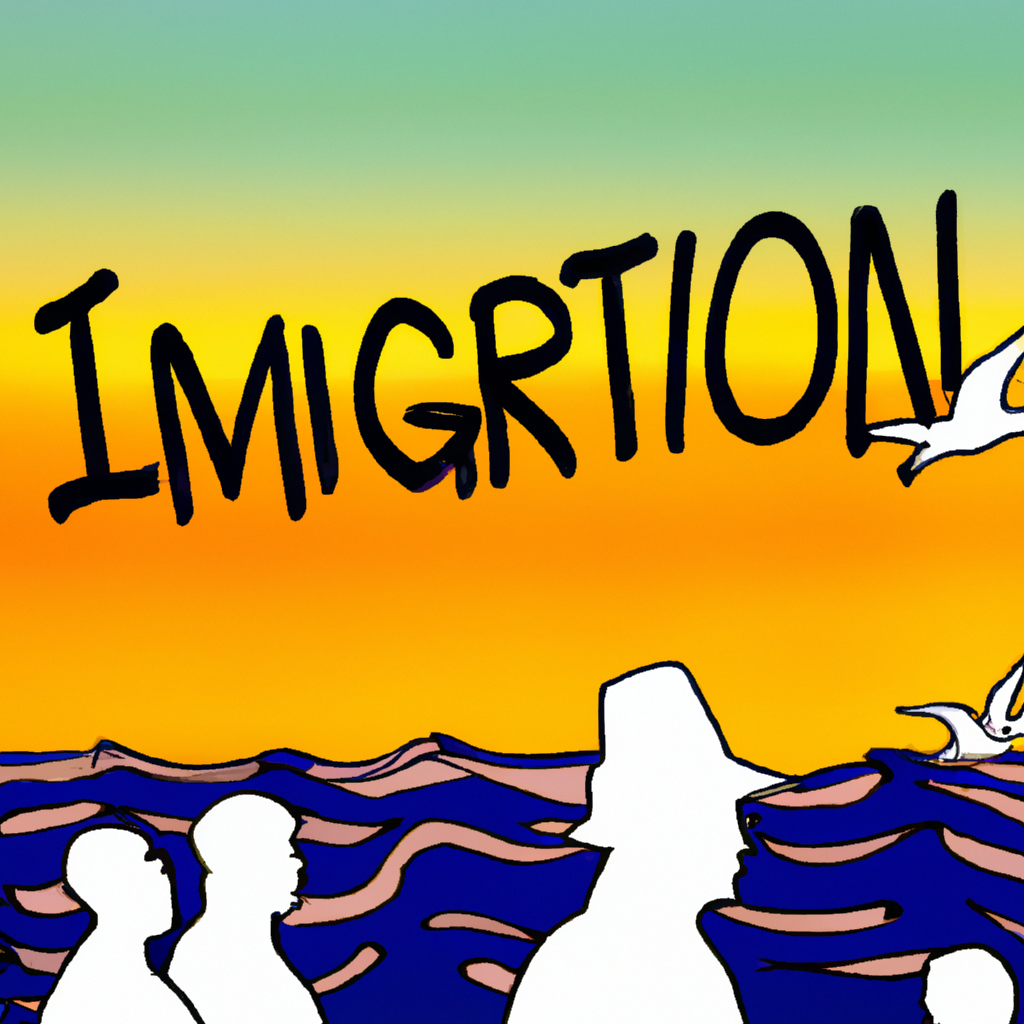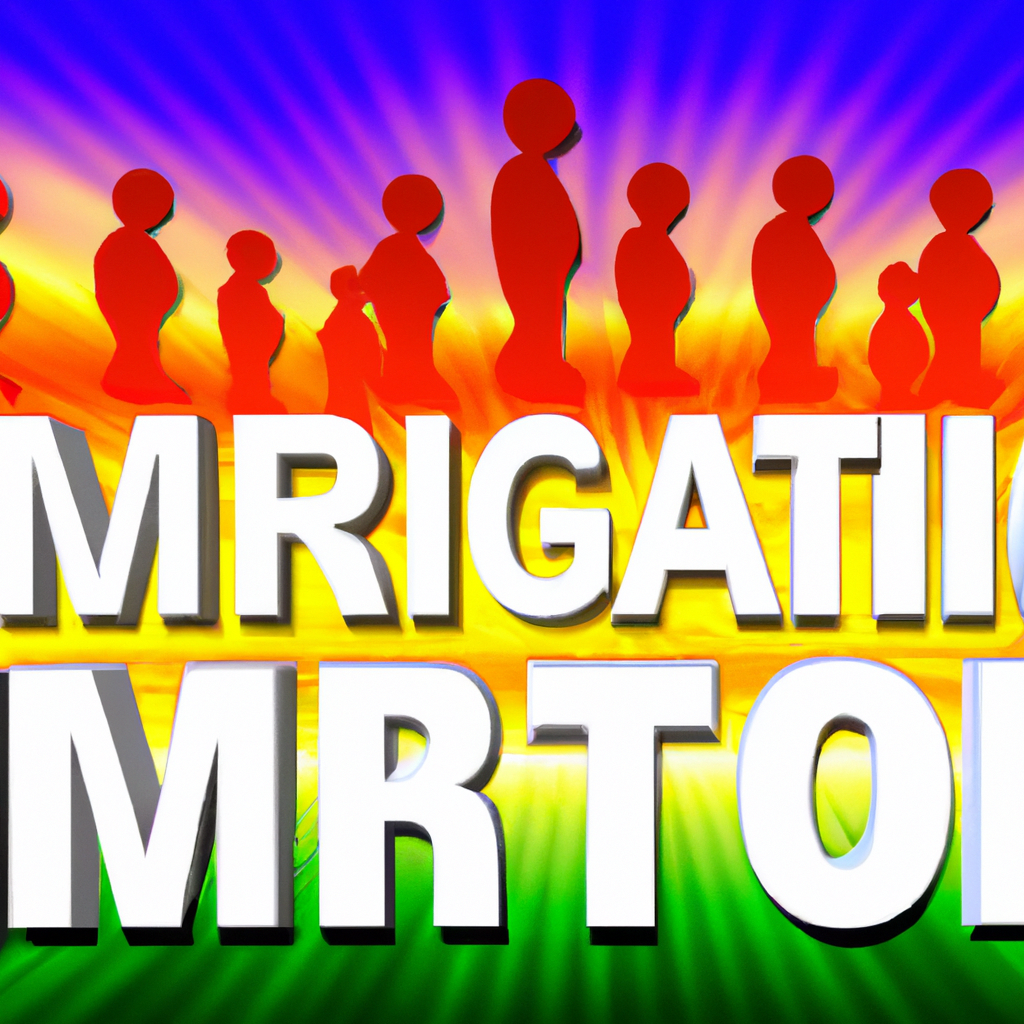Title: Understanding Immigration: A Comprehensive Guide
Introduction
Immigration is a global phenomenon that has shaped societies and economies across the world. As people move from one country to another in search of better opportunities or escaping from conflict, they bring with them unique cultures, economic contributions, and demographic changes. This blog post aims to delve into the intricate dynamics of immigration and its implications, providing a comprehensive understanding of this complex issue.
Understanding Immigration
Immigration refers to the movement of people from their native country to a foreign country with the intention to settle permanently or temporarily. The reasons behind this migration can vary widely, from seeking employment and educational opportunities to escaping political unrest, war, or natural disasters.
Types of Immigration
Typically, immigration is classified into four main categories:
1. Economic Immigrants: These are individuals who migrate to seek better job opportunities or to enjoy a higher standard of living. They often contribute significantly to the economy of the host country.
2. Family Reunification: This category includes individuals who migrate to join family members already residing in the host country.
3. Refugees and Asylum Seekers: These are individuals who are forced to flee their home country due to war, persecution, or natural disasters.
4. Unauthorized Immigrants: These are individuals who enter or remain in a country without legal authorization.
The Impact of Immigration
Immigration, like any other phenomenon, has its pros and cons.
Economic Impact: Immigrants often contribute significantly to the economy. They fill jobs that may be less desirable to native-born workers, start businesses, and contribute to innovation. A study by the National Academies of Sciences, Engineering, and Medicine found that immigrants have little to no negative effects on the wages or employment levels of native-born workers.
Cultural Impact: Immigrants enrich the host country’s culture by introducing new foods, music, traditions, and perspectives. This cultural diversity can lead to a more vibrant and inclusive society.
Demographic Impact: Immigration can help counteract the aging population in many developed countries. Young immigrants can support social security systems and contribute to the labor force.
However, immigration can also pose challenges. These can include social integration issues, strain on public services, and potential wage suppression.
Immigration Policy and Reform
Immigration policies vary greatly from country to country and can have a significant impact on the experience of immigrants. Some countries have relatively open policies, while others are more restrictive.
In recent years, many countries have been grappling with the need for immigration reform. This reform aims to address issues such as the legal status of unauthorized immigrants, the level of immigration, and the types of immigrants to admit.
Conclusion
Immigration is a multifaceted issue with deep-rooted impacts on our societies, economies, and cultures. It is a subject that elicits a range of sentiments and opinions, making it a hot topic for discourse. As we navigate through the 21st century, understanding the dynamics of immigration becomes crucial.
The future of immigration is likely to be shaped by numerous factors, including economic trends, global conflicts, climate change, and policy decisions. As the world continues to globalize, it is essential to foster an environment of understanding, empathy, and inclusivity towards immigrants.
In conclusion, immigration, with its myriad implications, is a testament to the human spirit’s resilience and the pursuit of better opportunities. It is a phenomenon that is as old as human history itself and will continue to shape our world in profound ways.
Keywords: Immigration, Economic Immigrants, Family Reunification, Refugees, Asylum Seekers, Unauthorized Immigrants, Immigration Impact, Economic Impact, Cultural Impact, Demographic Impact, Immigration Policy, Immigration Reform.



Leave a Reply